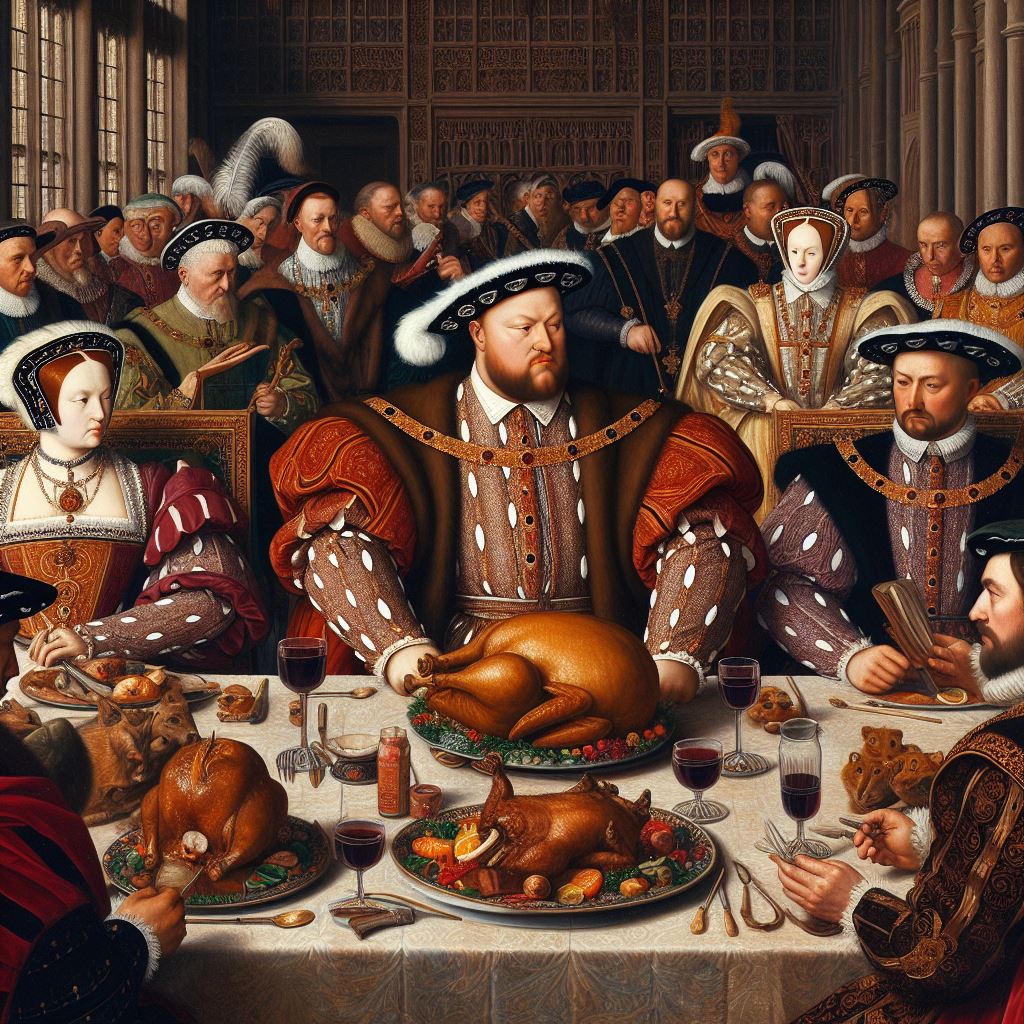wherearewegoing.net – The culinary traditions of royal courts have long been a subject of fascination, embodying the opulence, power, and cultural heritage of empires and kingdoms. From the spice-laden banquets of medieval monarchs to the delicate pastries of 18th-century French queens, royal recipes have evolved in tandem with the shifting sands of history, reflecting the changing tastes, trade routes, and diplomatic alliances that have shaped our world. This article delves into the evolution of royal recipes, tracing their journey from court to kitchen and exploring how these once-exclusive dishes have become part of the global culinary tapestry.
The Medieval Feast: A Symphony of Spices
In the medieval period, royal recipes were characterized by their extravagant use of spices. Cinnamon, nutmeg, saffron, and pepper were among the most prized ingredients, symbols of wealth and status. These spices were used not only to flavor dishes but also to showcase the monarch’s access to distant trade routes. The royal kitchens of Europe were bustling with activity, preparing elaborate feasts that could last for days, featuring dishes like peacock pie, a spectacular dish where the bird was cooked, then its feathers reattached for a dramatic presentation.
The Renaissance: A New World of Flavors
The Renaissance brought about a revolution in royal cuisine, as explorers like Columbus and Vasco da Gama opened up new trade routes and introduced European courts to the flavors of the New World and the East Indies. Tomatoes, potatoes, chocolate, and vanilla became part of the royal pantry, transforming European cuisine. The Italian Renaissance, in particular, saw the emergence of chefs like Bartolomeo Scappi, whose “Opera” (1570) detailed the intricate dishes served at the court of Pope Pius V, reflecting the era’s fascination with culinary innovation and presentation.
The 18th Century: The Culinary Arts in Full Bloom
By the 18th century, the culinary arts had reached new heights, especially in France, where the royal court of Versailles set the standard for European high cuisine. Chefs like Marie-Antoine Carême developed elaborate sauces and pastries, establishing the foundations of modern French cuisine. The French Revolution and subsequent political upheavals led many court chefs to seek employment elsewhere, bringing their refined techniques and royal recipes to the burgeoning restaurant scene in Paris and beyond.
Victorian Era: The Global Kitchen
The Victorian era was marked by an unprecedented era of empire and exploration, and the British royal family’s culinary preferences reflected this global reach. Queen Victoria and her family enjoyed a diverse array of dishes, from Indian curries to Scottish haggis, showcasing the vast expanse of the British Empire. The royal kitchens became a melting pot of international cuisines, a trend that continues to influence royal dining to this day.
Modern Royals: Tradition Meets Innovation
Today, royal recipes have evolved to reflect a more democratic and health-conscious approach to dining. Members of modern royal families are often seen promoting local, organic, and sustainable food practices. For example, the Duchess of Cambridge has been involved in various initiatives to support children’s health and nutrition, while the Danish royal family has highlighted the importance of locally sourced ingredients.
Despite these modern influences, there remains a deep respect for tradition within royal kitchens. Special occasions and state banquets still feature dishes that hark back to the grandeur of bygone eras, albeit with contemporary twists. The evolution of royal recipes is a testament to the enduring appeal of culinary heritage, as well as the royal family’s ability to adapt to changing times.
Conclusion
From the spice-laden dishes of medieval banquets to the innovative creations of modern royal chefs, the evolution of royal recipes is a rich tapestry woven from the threads of history, culture, and culinary artistry. These recipes, once the exclusive domain of kings and queens, have now found their way into the hearts and kitchens of people around the world, offering a taste of royalty to all who seek it. As we continue to explore and reinterpret these timeless dishes, we are reminded of the enduring power of food to connect us across time and space, from court to kitchen.
